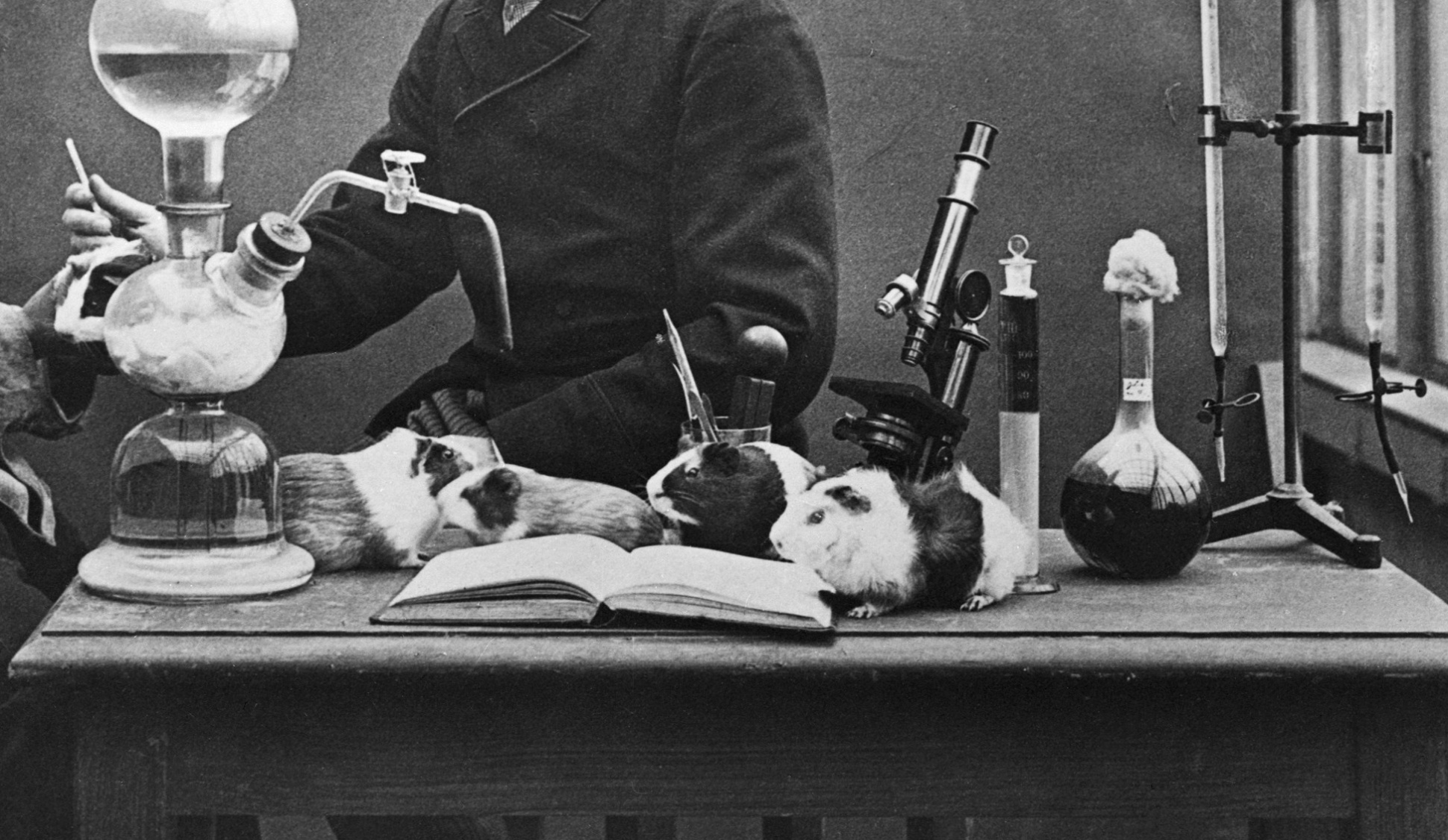Guinea pigs or domestic guinea pigs (Cavia porcellus), also known as guinea pigs or domestic guinea pigs (/ ˈkeɪvi /), are a type of rodent belonging to the genus Cavia of the guinea pig family. Pairing a young guinea pig with another guinea pig (young or old) can compete with other guinea pigs for the top when the young guinea pig goes through adolescence (3-5 months). Guinea pig position. This can lead to some battles. In most cases, they understand it for themselves.
Domesticated species of rodents in South America belonging to the guinea pig (Cavia porcellus), cavyfamily (guinea pig family). It resembles other cavities in that it has a sturdy body with short limbs, large heads and eyes, and short ears. The feet have hairless soles and short, sharp claws. The forefoot has four toes and the hindfoot has three toes.
What are the guinea pigs used in science?
Guinea Pig's research led to the discovery of the hormone adrenaline and helped develop heart valve exchanges, blood transfusions, antibiotics, asthma drugs, and gypteria and TB vaccines. These were used in more than 45,000 scientific experiments conducted in the United Kingdom in 2002. This is 1.7% of all studies using animals.
Are guinea pigs rodents?
Guinea pigs or "cavities" are a type of rodents of the family Cavies and the genus Cavies. Despite being called "guinea pigs," they are not from the pig family or Guinea.
Where did the guinea pig come from?
Guinea pigs were born in the Andes Mountains of South America. They do not exist naturally in the wild, but instead are domesticated offspring of the closely related species, the guinea pig. Guinea pigs are a particularly important food creature for many indigenous peoples of South America. Source.
What happens if I put a guinea pig with other animals?
Breeding guinea pigs with other rodents such as gerbils and hamsters can increase the incidence of respiratory and other infections, such rodents are guinea pigs. May act positively against. Large animals may consider guinea pigs to be prey, but some animals (such as dogs and cats) can be trained to accept guinea pigs.
What are the guinea pigs used in science?
Guinea Pig's research led to the discovery of the hormone adrenaline and helped develop heart valve exchanges, blood transfusions, antibiotics, asthma drugs, and gypteria and TB vaccines. They were used in more than 45,000 scientific experiments in the United Kingdom in 2002 and were 1.7% of all studies using animals. 2005
What is the guinea pig under study?
Guinea pigs are biologically similar to humans and are useful in many areas of research. They have been used as experimental animals for centuries. Therefore, the term "guinea pig" refers to a human experimental object.
What does the phrase guinea pig mean?
Countable nouns. If someone is used as a guinea pig in an experiment, something that has never been previously tested by people will be tested on them.
Why does a guinea pig mean an experiment?
In the 18th century, guinea pigs were used as experimental animals by medical researchers because of their many biological similarities to humans. Therefore, it is the origin of the phrase "being a guinea pig" in research.

Below you will find two helpful answers on a similar topic. 👇
Are African bullfrogs edible?What is the scientific name of the guinea pig quizlet?
